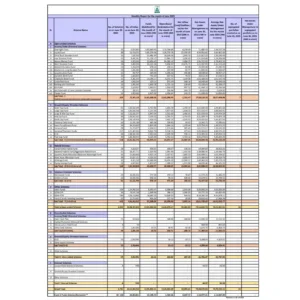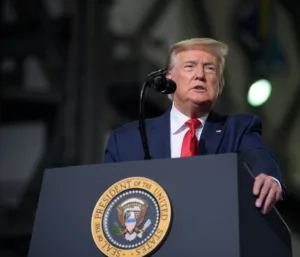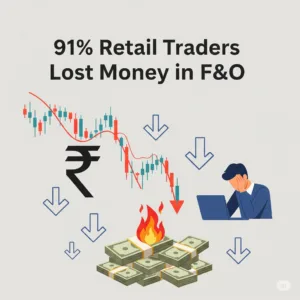
In a recent development, India’s banking sector finds itself entangled in a pronounced liquidity deficit, a challenge reaching a near five-year pinnacle. The Reserve Bank of India (RBI) reported a significant shortfall of ₹1.74 lakh crore, primarily attributed to mounting Goods and Services Tax (GST) dues and recent bond auctions.
The liquidity squeeze intensified on Wednesday, soaring to ₹1.77 trillion, marking the highest level since December 26, 2018. This surge is attributed to a complex interplay of factors, including the impact of GST payments, withdrawals through Incremental Cash Reserve Ratio (I-CRR), and strains from recent bond auctions.
DGM V Ramachandra Reddy of the RBI emphasized that tax payments alone have contributed to potential deficits peaking at ₹2 lakh crore. To counter these challenges, the RBI has deployed various transitional tools, a strategy initiated post-Covid, aiming to balance inflation and support economic growth.
Analysts at Kotak Mahindra Bank project a weekly cash flow shortfall, estimating outflows at ₹2.06 lakh crore against inflows of ₹1.6 lakh crore. This projection considers coupon inflows and anticipated government expenditures toward month-end.
Relief is anticipated in the upcoming week, as liquidity concerns are expected to ease with government bond redemptions worth ₹891 billion due on Friday and Tuesday. Maturing government bonds on these days are expected to inject ₹56,572.719 crore and ₹32,500 crore into the system, respectively.
This liquidity crunch has prompted increased borrowing from the RBI’s MSF, reaching an unprecedented December high of ₹2.3 trillion as banks maneuver their short-term funding needs. The market is vigilantly monitoring for signs of improvement in liquidity conditions as these government bond redemptions unfold, hoping for a stabilizing effect on the banking sector.
Facts and figures from Reuters Article
Bringing you the latest updates on finance, economies, stocks, bonds, and more. Stay informed with timely insights.







Be First to Comment